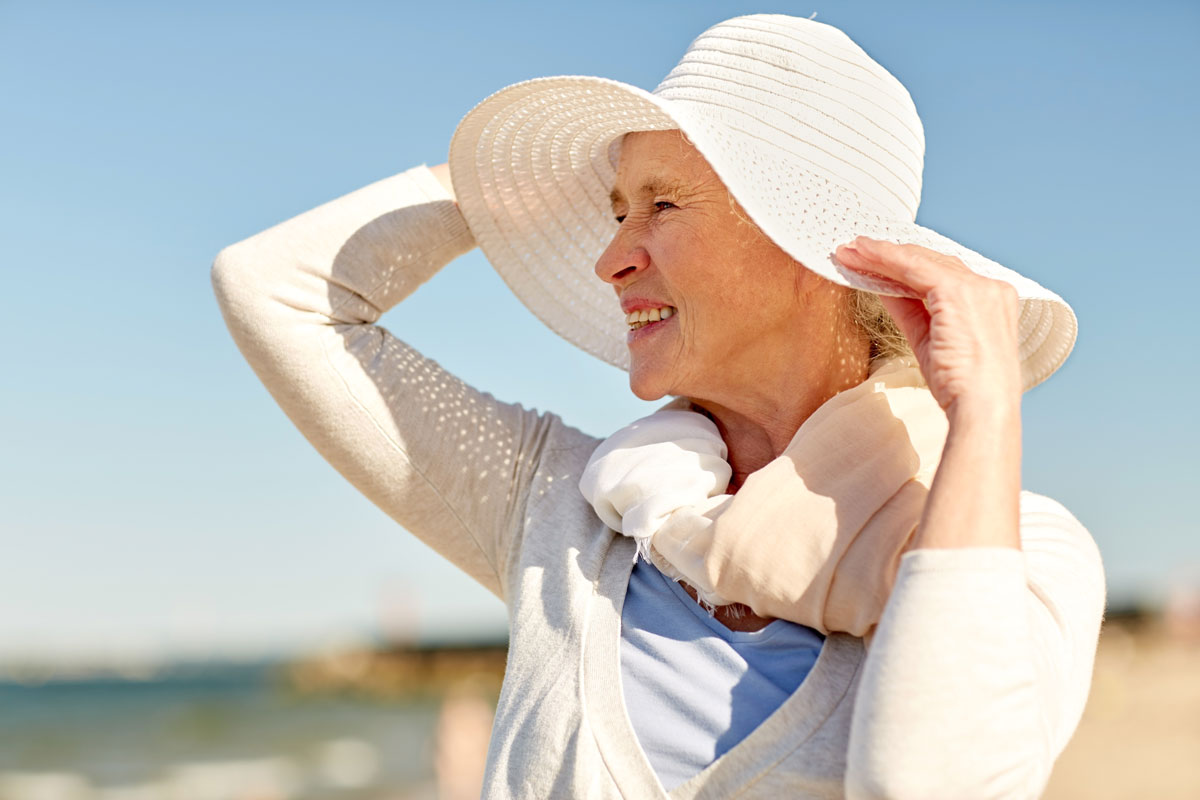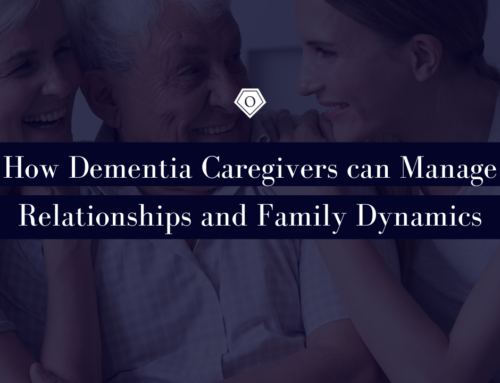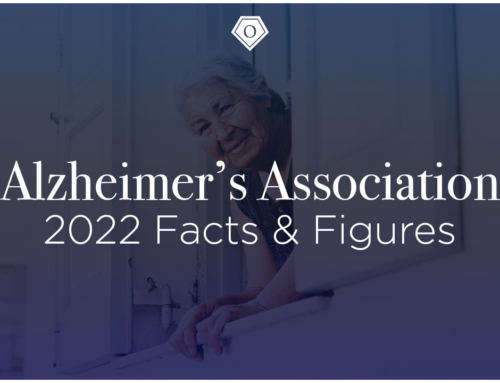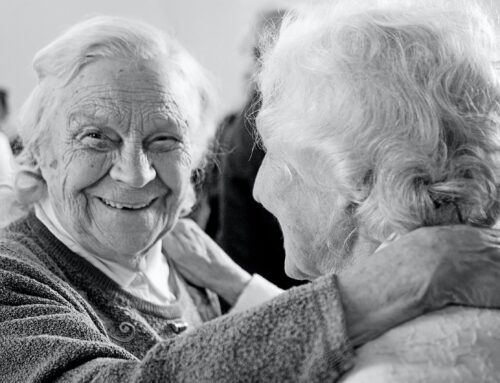Did you know that UV rays can damage skin in as little as 15 minutes? It is important to protect skin and prevent heat stroke when being in the sun for long periods of time. The elderly are one the most susceptible groups to heat stroke.
The symptoms of heat stroke are: headache, dizziness, disorientation or confusion, fatigue, seizure, hot, dry skin that is flushed but not sweaty, a high body temperature, loss of consciousness, a rapid heart beat and hallucinations.
To protect your and your aging loved ones skin, follow the steps provided below.
Stay Hydrated:
Drinking water is important for preventing heat stroke. Heat stroke is the result of extreme exposure to the sun and when a person does not sweat adequately to lower body temperature. Avoid caffeine or alcohol when in the sun. Instead, stay hydrated with water or sports drinks..
Shade:
Finding a shady area can reduce your risk for skin damage as well as heat stroke. It is important to find relief from the sun during outdoor gatherings or activities.
Proper Clothing:
Proper clothing goes a long way in protecting skin from over exposure to the sun. Some clothing can even provide ultraviolet protection. Thinly woven t-shirts will provide better coverage than loosely woven materials. However, clothing should be loose fitting and light in color. It is important to remember that a regular t-shirt has an SPF rating lower than 15.
Hat:
Tightly woven fabric such as canvas work bet to protect skin from UV rays. Avoid straw hats or hats with holes. Darker hats may offer better protection.
Sunglasses:
Sunglass can reduce your risk for cataracts by protecting your eyes from UV rays. Use sunglasses that block both UVA and UVB rays for the best protection.
Sunscreen:
It is important to use sunscreen with at least SPF 15, even on cloudy days. Remember, sunscreen works best when combined with other protective measures to prevent skin damage.
What To Do If You Notice Signs Of Heat Stroke:
- Get them out of the hot sun and indoors.
- Apply cool water to the skin and fan the individual – this stimulates sweating.
- Apply ice packs to the armpits areas and groin.
- Lie the person down with their feet elevated in perhaps an air-conditioned room.
- If conditions are serious, the person should be taken to the hospital for an IV to compensate for fluid and electrolyte loss.






